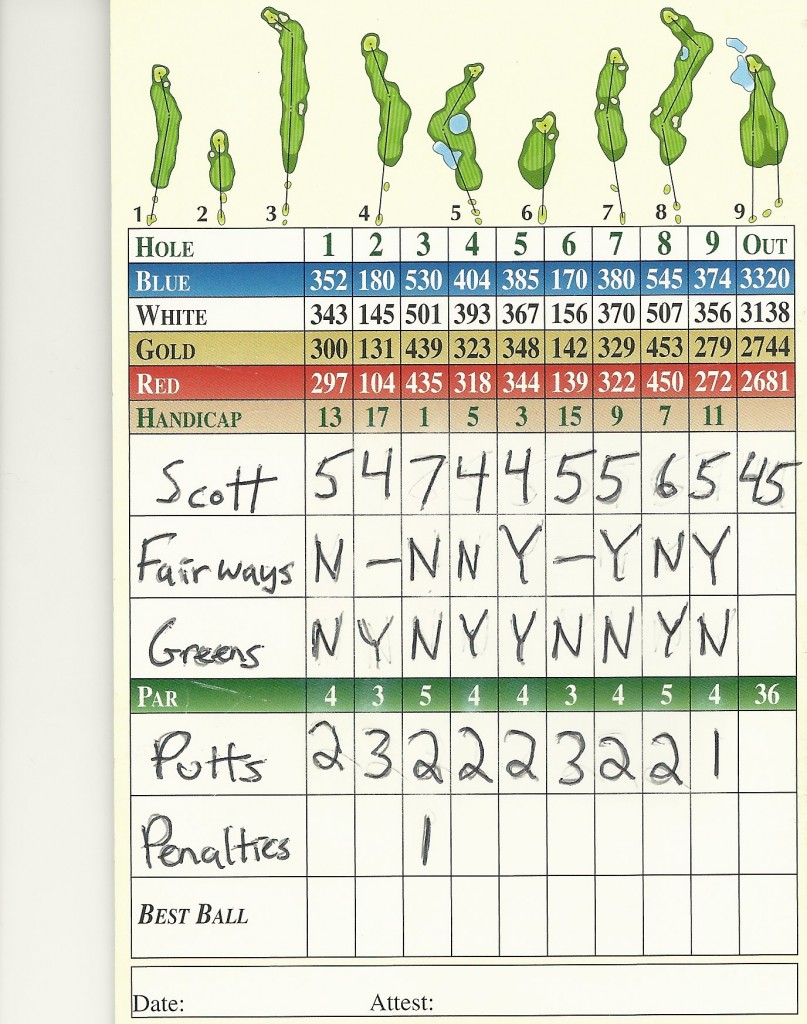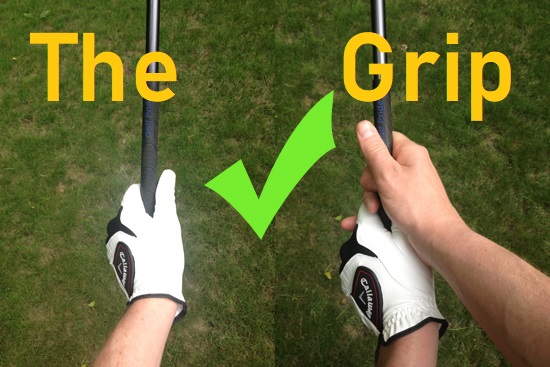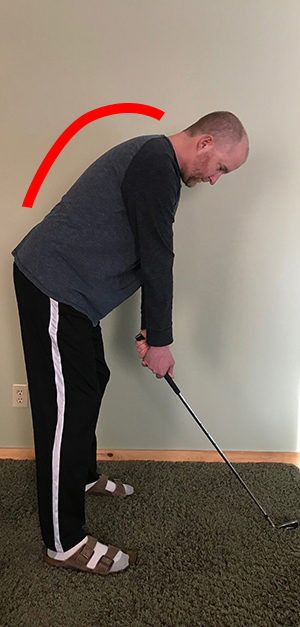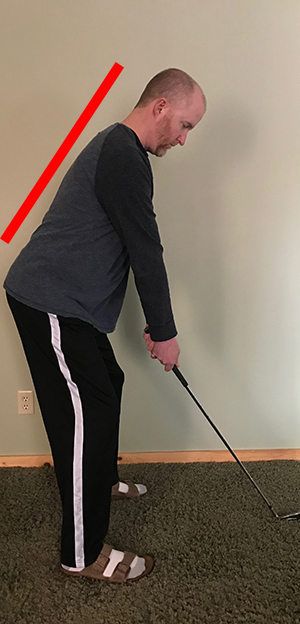Tiger Woods made an interesting comment at last December’s Hero World Challenge. He said he told his son Charlie “Don’t copy my swing. Copy Rory’s. I don’t move like that anymore, but Rory does. Have you ever seen Rory off balance on a shot? No.”
Sure. Charlie Wood’s and Rory McIlroy’s swings are similar, but Charlie Wood’s swing is Charlie Wood’s swing.
I watch a lot of streaming of the PGA Tour. I watch for things that almost every professional player does that may help me in my game. Many times, that boils down to positions of the club or hands at various points in the swing.
The most important clubface position is at impact with the ball. There are a multitude of different ways that professions golfers get the clubface in the correct position. While many professional golfers will have similar swings, many others will have different swings, vastly different swings.
Jim Furyk has one of the most unorthodox looking swings, with an extremely upright backswing, but Mr. Furyk’s swing is very repeatable for him. It allows him to consistently get the clubface in a great position at impact. Jim Furyk’s swing has produced the only 58 round in the history of the PGA Tour and over $70 million in career tournament earnings.
Watch any tournament today and you’ll see very different swings. Victor Hovland has a more vertical backswing and stands farther away from the ball than most other players. Jon Rahm has a short backswing and stands close to the ball. Tony Finau also has a short backswing. Matt Fitzpatrick has a longer backswing. They all repeatably put the clubface in a great position at impact. They all also, as of this writing, are ranked in the top 15 players in the world according to the Official World Golf Rankings.
We all have different bodies. Our bodies are different ages and sizes, with different strengths, weaknesses, and capabilities. It’s not practical to watch another golfer’s swing and copy it 100% as your own.
Find ways to get your body in certain positions you see the pros in, especially properly positioning the clubface at impact on a consistent basis. This starts with having self-awareness of your own swing, knowing what causes your mishits, and being able to work on correcting them on your own. This process is made so much easier with the help of a golf teaching professional.
Own you own swing. While we can incorporate successful parts from others’ swings into our own, our unique bodies make our golf swings uniquely ours.
Isaiah 64:8 states that God molds each of us as a potter does a clay jar. Just as each clay vessel made by the potter is unique, God molds us into unique individuals according to His plan.
Are you moldable?





